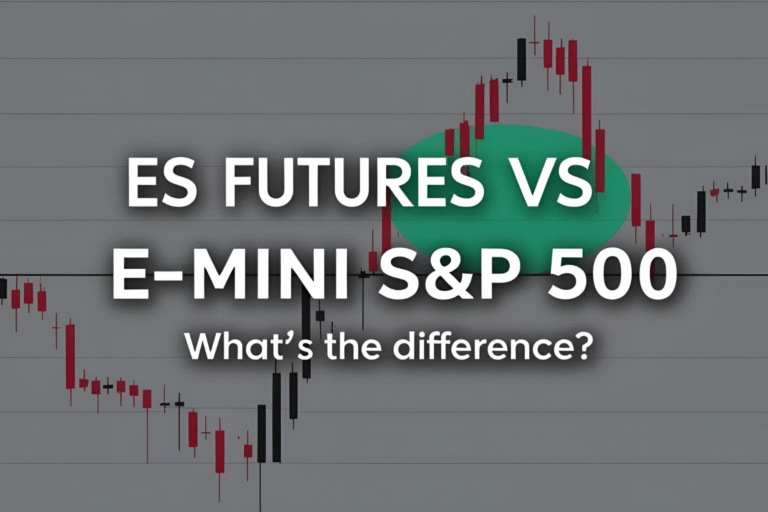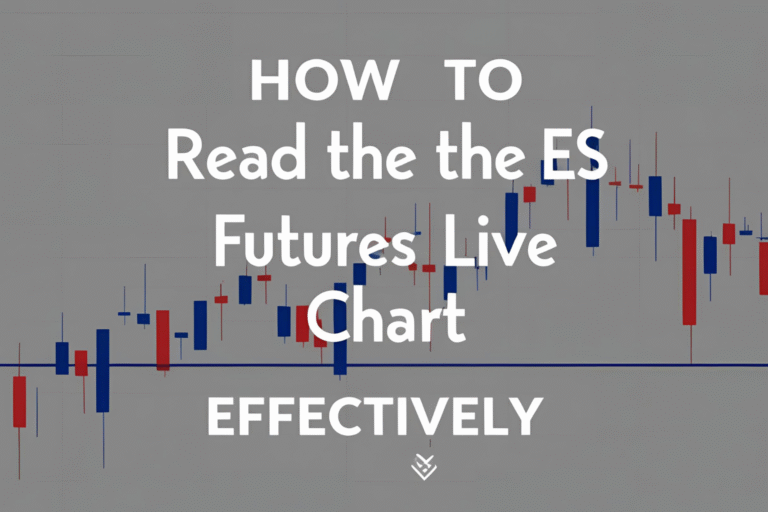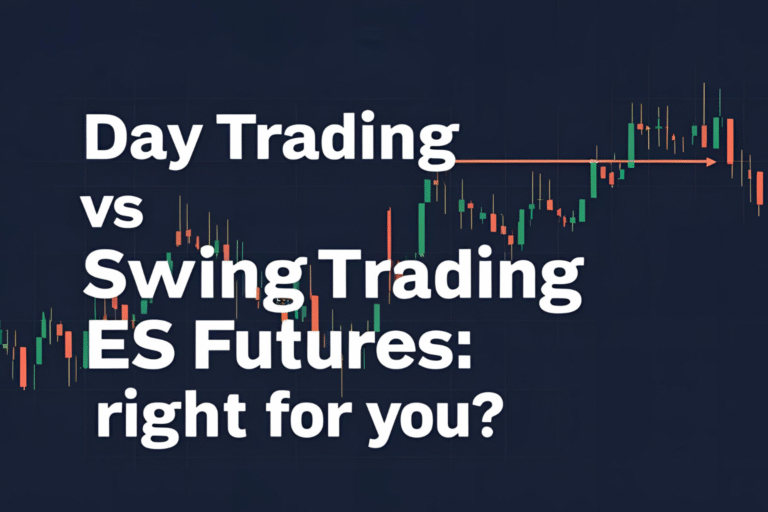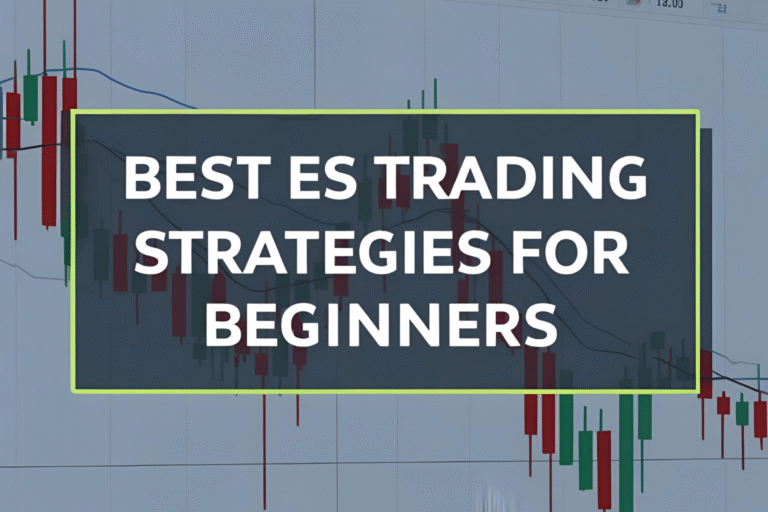Algorithmic Trading with ES Mini Futures: A Beginner’s Overview
With growing access to technology and data, more traders are using algorithmic trading to automate their ES mini futures strategies. Algorithmic trading, or algo trading, uses computer programs to execute trades based on predefined conditions without human intervention.
In this guide, we’ll cover the basics of algorithmic trading with ES mini futures, including how it works, key benefits, and what tools you need to get started.
What Is Algorithmic Trading?
Algorithmic trading involves using software to automate the buying and selling of financial instruments based on programmed rules. These rules can include:
- Entry and exit conditions
- Time-based filters
- Volume thresholds
- Technical indicators
- Risk parameters
Once the system is set up, the algorithm runs automatically and places trades in real-time.
Why Use Algo Trading for ES Mini Futures?
ES mini futures are ideal for algorithmic trading due to their:
- High liquidity
- Tight spreads
- Consistent volatility
- Nearly 24-hour trading session
- Access to historical data for backtesting
Automating your trades can reduce emotional decisions and improve consistency — two things beginner and experienced traders often struggle with.
Common ES Algo Trading Strategies
Here are some simple strategies that are commonly automated:
- Moving Average Crossovers:
Enter long when short MA crosses above long MA; exit on reverse. - Mean Reversion:
Buy when price dips below a set level (e.g., lower Bollinger Band), expecting a return to the mean. - Breakout Strategy:
Enter trades when price breaks a defined high or low after consolidation. - VWAP Pullback:
Buy when price returns to VWAP after a directional move.
These strategies can be tested, tweaked, and automated based on specific market conditions.
Platforms for ES Algo Trading
To implement automated strategies, you’ll need a platform that supports algo development. Popular platforms include:
- NinjaTrader: Widely used in the futures market, supports C# scripting
- TradeStation: Robust platform with EasyLanguage scripting
- MetaTrader 5 (MT5): For broader markets, supports MQL5
- Interactive Brokers (TWS API): For advanced developers
- QuantConnect / Tradier API: Cloud-based and Python-compatible
Some platforms also support third-party strategy imports or offer strategy builders with no coding required.
Backtesting and Optimization
Before going live, every algorithm should be backtested using historical ES futures data. This helps verify if your strategy would have worked in past market conditions.
Most platforms offer built-in backtesting tools to simulate trades, calculate drawdowns, win/loss ratios, and return metrics. Optimization tools can help tweak parameters like stop-loss distance, moving average periods, and trade filters.
Risk and Challenges
While algo trading offers many benefits, it’s not risk-free. Key challenges include:
- Slippage during high volatility
- False signals in choppy markets
- Platform downtime or internet failure
- Over-optimization (curve fitting)
- Regulatory compliance (especially for professional systems)
Always monitor your bots and have fail-safes like trade limits or server-based alerts.
Final Thoughts
Algorithmic trading with ES mini futures offers an efficient way to reduce emotional errors, improve trade execution speed, and maintain discipline. Whether you’re just starting or already have a manual system in place, automating part or all of your strategy can be a powerful next step.
Start small, test thoroughly, and always manage risk — even with automation in place.
FAQs
1. What coding language is used in ES algorithmic trading?
Common languages include C# (NinjaTrader), EasyLanguage (TradeStation), Python, and MQL5.
2. Do I need coding skills to do algo trading?
Not necessarily — some platforms offer visual builders or pre-built strategies.
3. Can I backtest my ES strategies before using real money?
Yes, most algo platforms offer backtesting tools for ES futures.
4. Is algorithmic trading better than manual trading?
It depends on the trader. Algos can improve speed and consistency, but they still require proper design and monitoring.
5. Are there free tools for ES algo trading?
Yes, platforms like MetaTrader, QuantConnect, and TradingView offer basic automation options.




